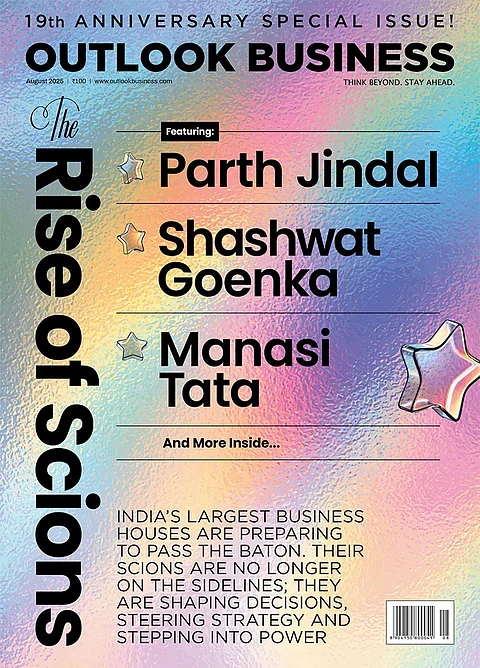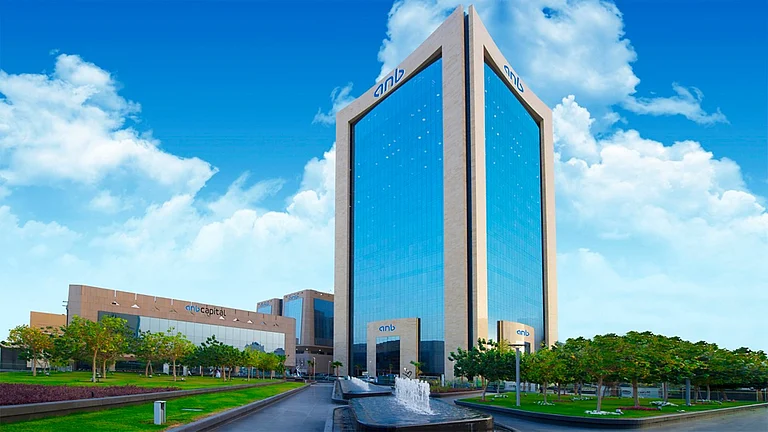The Housing and Urban Development Corporation Ltd. (HUDCO) is the premier techno-financing Navratna Central Public Sector Enterprise (CPSE) in the field of housing and infrastructure development in the country, with the principal mandate catering to the housing needs of the economically weaker section (EWS) and low-income group (LIG) and core infrastructure provisions. With its corporate vision of becoming leading techno-financial institution promoting sustainable habitat development for transforming the lives of people, HUDCO is on the mission of promoting sustainable habitat development to enhance quality of life. HUDCO, in 54 years of its existence, has extended financial assistance to about 20.14 million dwelling units both in urban and rural areas, indicating the fact that roughly every fifteenth house that is built in the country is either directly or indirectly facilitated by HUDCO. In addition, HUDCO has also funded 2424 urban infrastructure projects. Cumulatively up to 31st March 2024, HUDCO has sanctioned a total project loan of Rs.90,465 crore for housing and Rs. 2,20,260 crore for urban infrastructure projects. HUDCO is also actively participating in Government of India flagship programmes and missions such as Prime Minister Awas Yojana-Housing for All (Urban), Smart Cities Mission, Atal Mission for Rejuvenation and Urban Transformation, Jal Jeevan Mission, etc for shelter and livelihood support of all socio-economic groups of the society.
At HUDCO, as Director (Corporate Planning), CMA M. Nagaraj is involved in financing housing and mega infrastructure projects, which are the lifeline of any nation. In addition, the state-owned company is involved with large airports (Cochin), metro projects, and huge expressways (New Ganga Expressway, Agra-Lucknow Expressway, and Mumbai-Nagpur Expressway). He is extremely proud of the achievements related to Ganga Expressway, a Rs 20,000 crore project, and the stretch between Meerut and Allahabad.

In most highway projects, land acquisition is a headache, and there are invariable delays of a few years. But not so in this case, as HUDCO took care of it by funding for land acquisition component as well. It came out with an attractive proposition for the farmers, who owned the land. The compensation was attractive – five times the existing circle rates. Farmers queued up to sell willingly. The land acquisition, which normally takes two years, was completed in a record 18 months. Now, there will be a global bidding, under PPP, for the construction works. HUDCO plans to fund it too.
It was a challenge of social magnification, apart from its economic importance. As the CEO of the state-owned National Safai Karamcharis Finance & Development Corporation (NSKFDC) in 2013, CMA M. Nagaraj, had the arduous, but crucial task, of bringing 20,000 manual scavengers, along with similar number of dependents, into the socio-economic mainstream. This was part of the Manual Scavengers Act, which seeks to abolish the activity across the country. “We had to rehabilitate and re-deploy people, who remained at the periphery, and had minimal skillset, and no educational background,” he remembers.
He adds that most of these male safai karamcharis quit the jobs early, die by the time they are in their early 40s because of the inherent dangers, and leave behind young widows. NSKFDC hit upon the idea to teach commercial driving to the women. “We brought them to Delhi for a seven-month driving course. We had to identify the beneficiaries, arrange for their stay, give them a dress code and other amenities, teach them, and equip them with driving licenses,” explains Nagaraj. In addition, the women were taught judo and karate for personal safety, imparted a basic English-speaking course, and taught social etiquettes to survive in highly-populated urban areas.

The program was a resounding success. After seven months, armed with loans (with nominal interest) arranged by NSKFDC, these women (some of them were still young girls) were driving their own commercial cars, and a few became van drivers. Within a few years, one of them, Saritha, emerged as the first female driver in the state-owned Delhi Transport Corporation, which is popularly known as DTC and provides local transport in the capital. Before this highly-fancied job, Saritha, who hailed from Telangana and came to a big city for the first time, plied an auto-rickshaw for a living. By 2016, under Swachh Bharat, latrines were abolished, and sanitary toilets introduced.
However, both NSKFDC and Nagaraj personally tracked the women they had rehabilitated. The former did it through the interactive website that traced their employment history. Nagaraj did it by keeping in touch with some of the beneficiaries. Today, he claims that 250 women drive passenger cars for aggregators such as Uber and Ola. A few became vehicle drivers for schools to ferry children back and forth – from home to school. A young girl, an orphan, was adopted. She completed her graduation, and began to do chores for her adopted mother – working as a driver, and a receptionist in the latter’s office. The girl plans to marry, and settle down.
This is the classic example of the CMA dimension of stakeholder engagement, as an organization enables employees to re-skill themselves to bag jobs that ensure sustainable livelihoods. Later, in stints at PEC Ltd and HUDCO, CMA Nagaraj was engaged in the dimensions of value discovery, and managing value creation through the construction of large, mega infrastructure projects.

In 2016, he joined PEC, which was earlier involved in project exports, but was saddled with a distressed twin balance sheet problem. It had huge debts, and massive losses of Rs 1,150 crore. It was heavily dependent on imports, and there was an export-import mismatch. “But I took it as an opportunity. Our assessment was that things could be turned around if we could steady the operations. A Crisil report pinpointed the various gaps, which needed to be plugged,” explains Nagaraj. The trick was to transform PEC into an export-oriented firm, and reduce the dependence on imported goods.
PEC spotted global customers for engineering goods, such as metal boxes and transformers, in Nigeria, Kenya, and Ethiopia. The former’s prices were more competitive than Chinese products. PEC helped a MSME consortium to successfully bid for projects with guaranteed payments as they were financed by multilateral funding agencies. During the Bangladesh floods, it exported raw rice that was procured from states such as Andhra Pradesh, Punjab, and Haryana. In India, PEC bagged energy projects like a 200 MW rooftop solar one. In Arunachal Pradesh, when no private firm wanted to implement REC’s electrification project, PEC negotiated to work in the rough terrain.
A recent movie, Pushpa, focused on the smuggling of Red Sanders (called Lal Chandan locally) from Andhra Pradesh to neighbouring and East Asian nations such as Myanmar (through land route via Manipur), and Singapore and China (through sea routes). The Department of Revenue Intelligence routinely seizes these illegal shipments, which are organized by established criminal gangs. “There are tons and tons of them lying at the Indian ports. PEC decided to export them legally, with a 8-9% margin. It turned out to be a great business. We graduated to selling other items that were seized,” says Nagaraj.
Simultaneously, PEC rejuvenated and realigned its import business. For example, it imported gold bullion, a lucrative business, and sold it to local traders. It worked on plans to import coal and wheat from Ukraine and Australia, and animal feed required by Indian firms. When Nagaraj took over, unscrupulous elements had cheated PEC of huge amounts, nearly Rs 1.000 crore. He took a tough stance, and recovered money through one-time settlement of criminal cases. “In 2019, when I left PEC after three years, the accumulated losses had plummeted to a mere Rs 70 crore (from Rs 1.160 crore), and the company earned positive cash profits,” says CMA Nagaraj.












 Just one email a week
Just one email a week